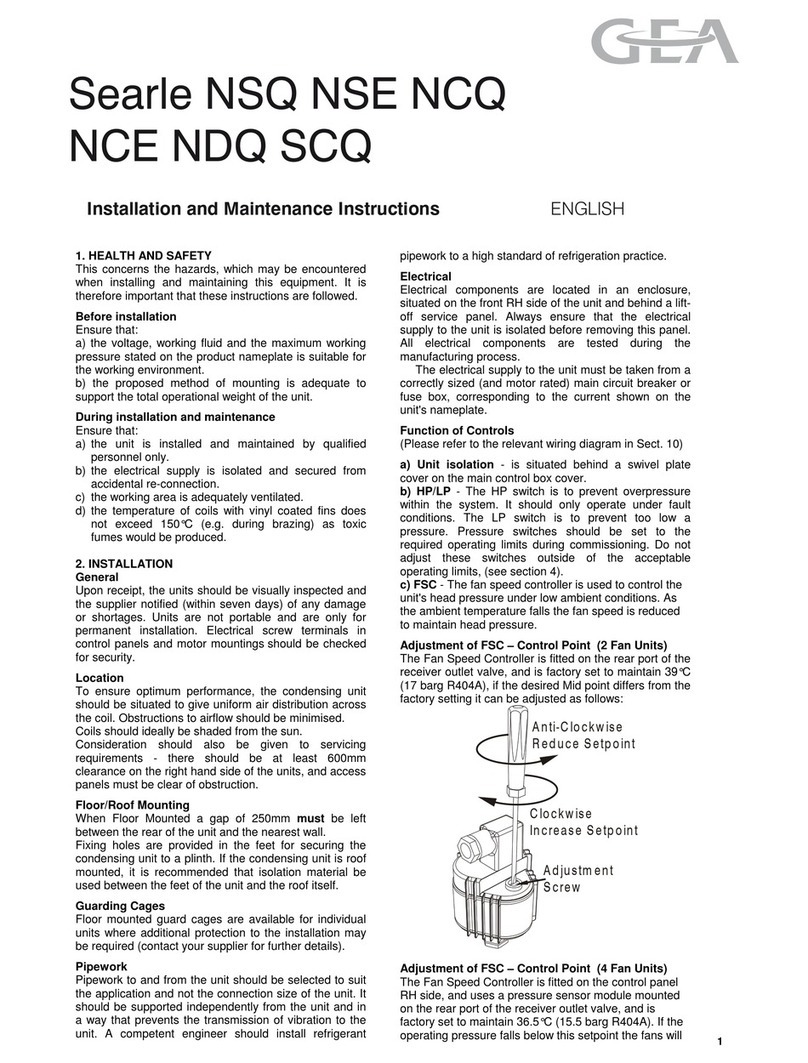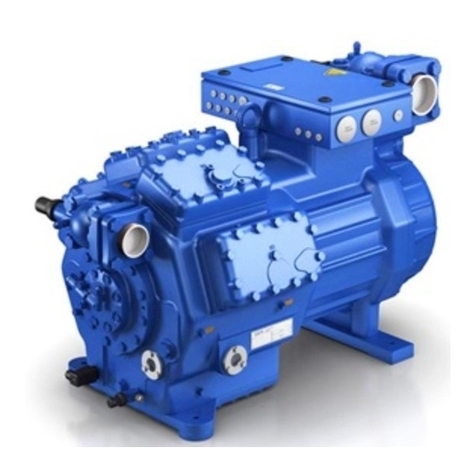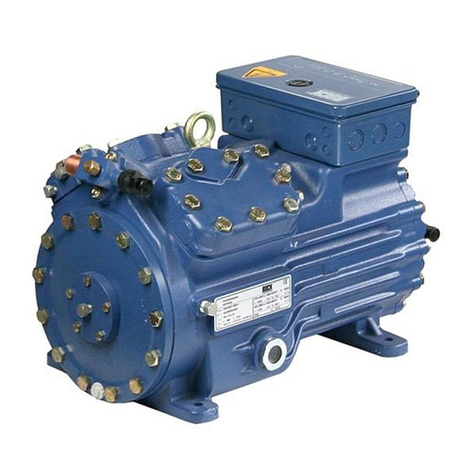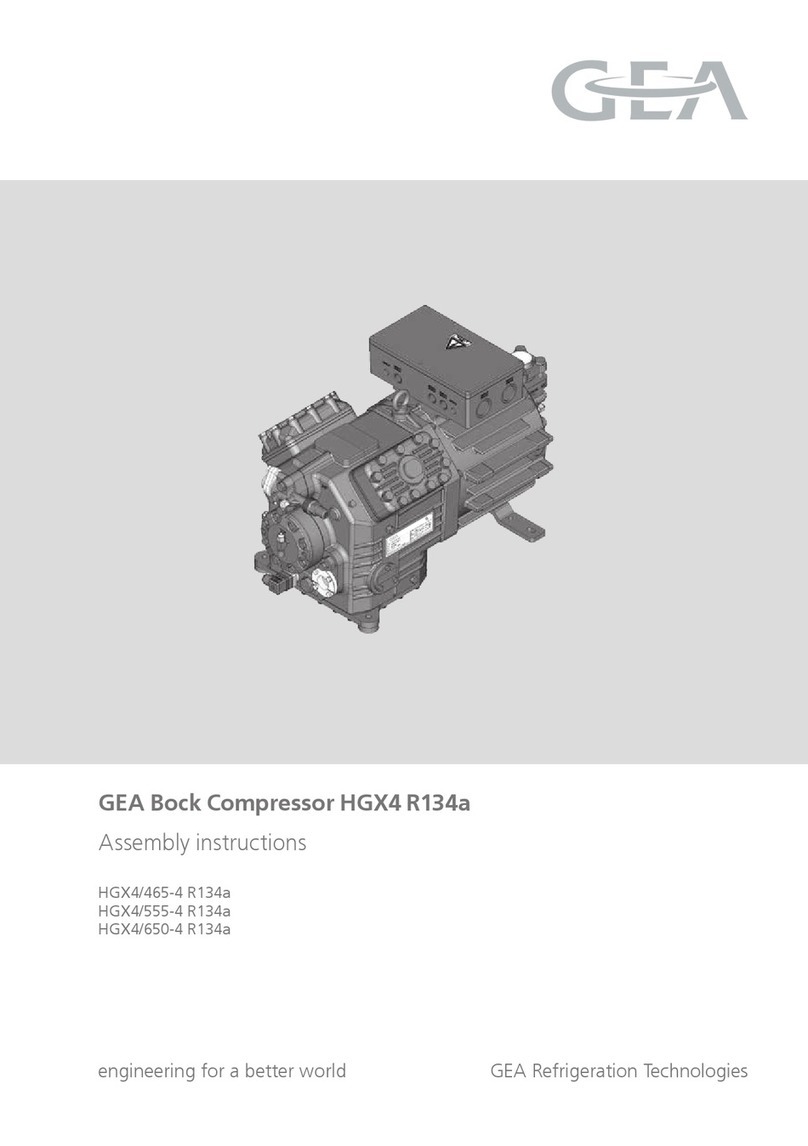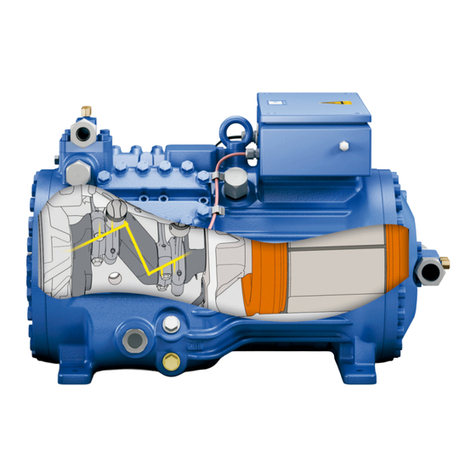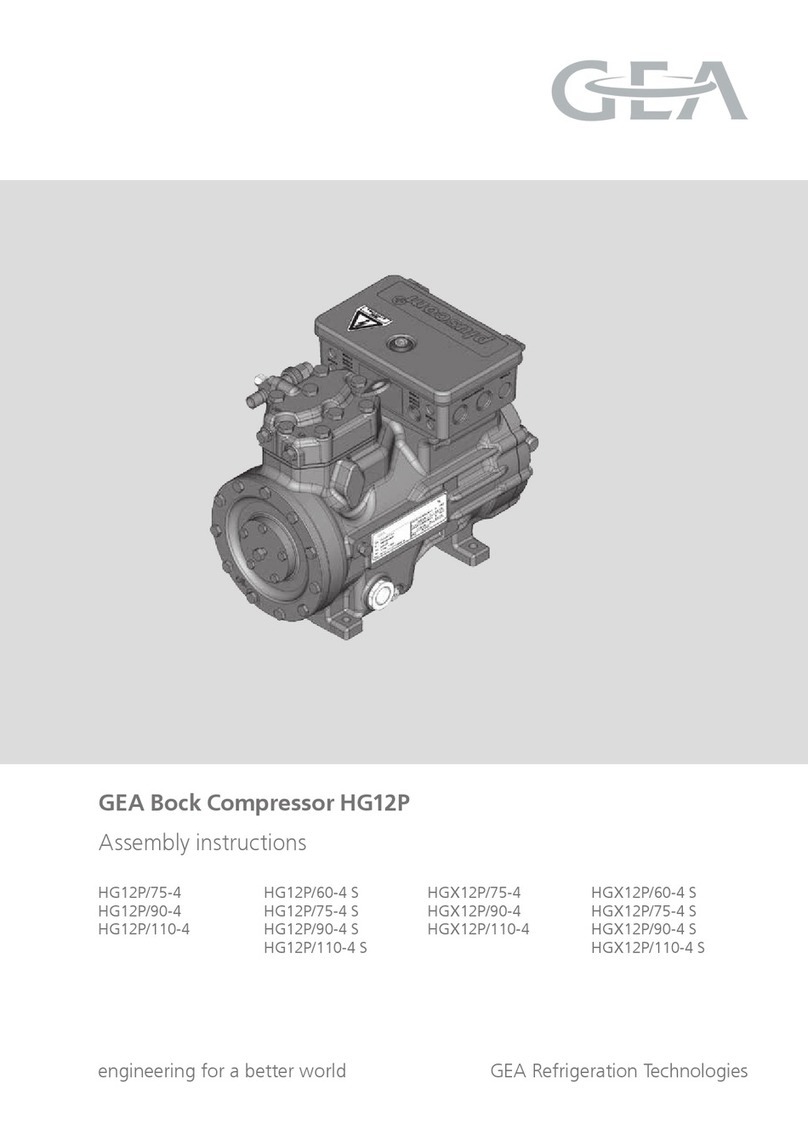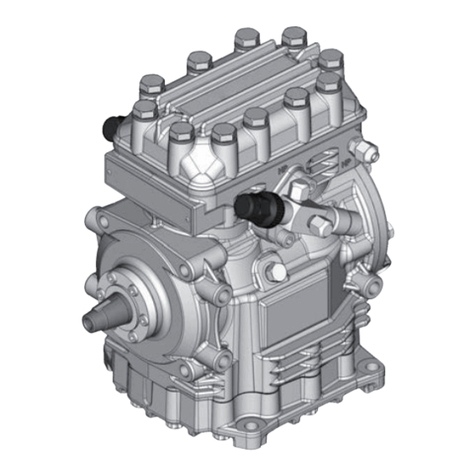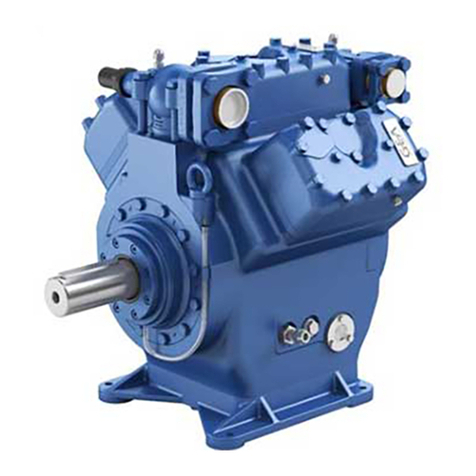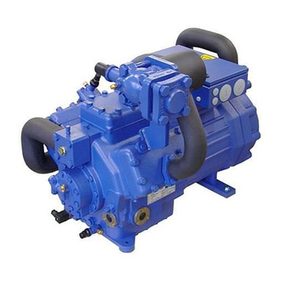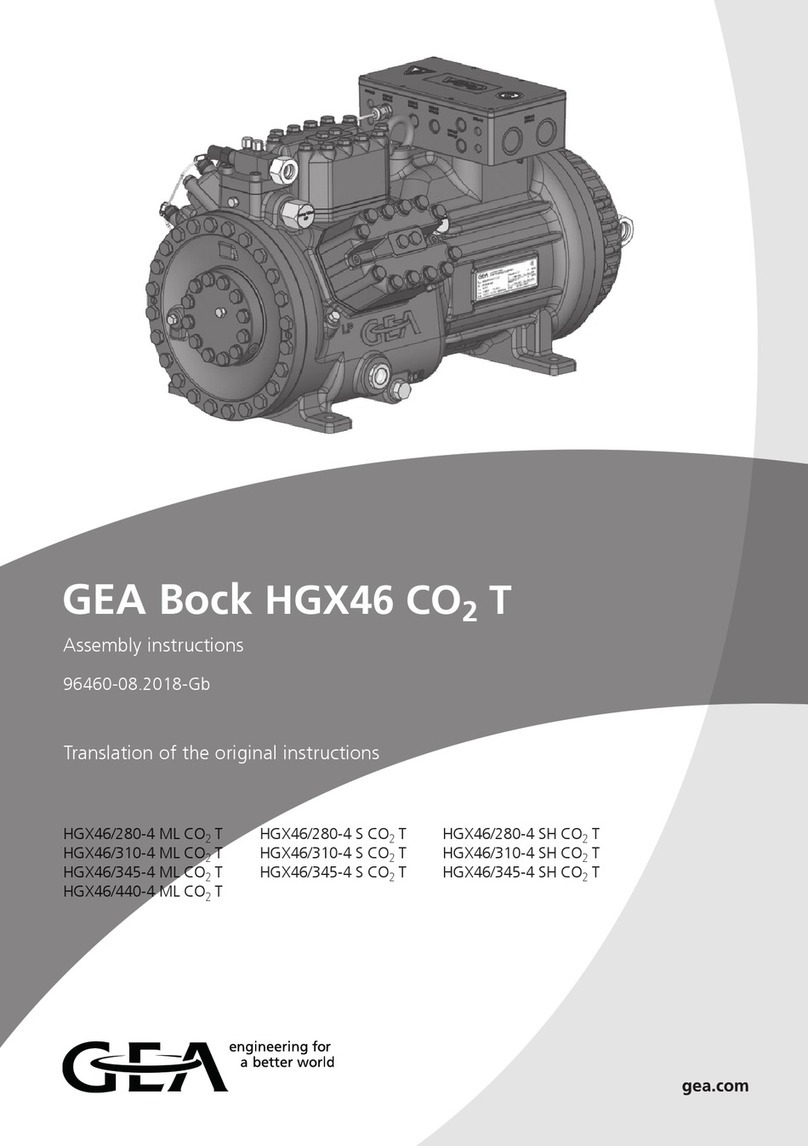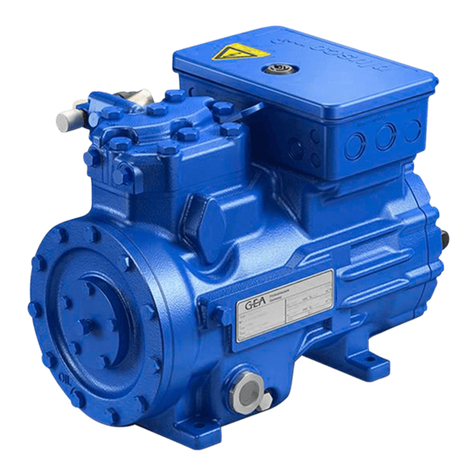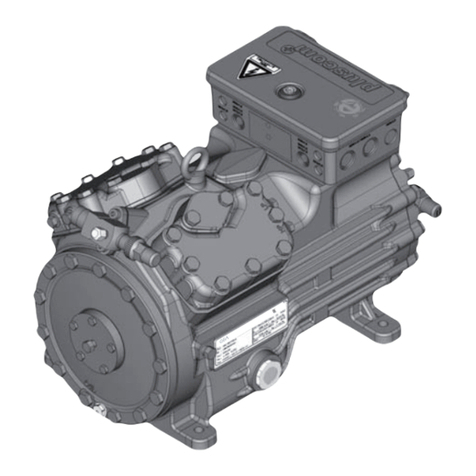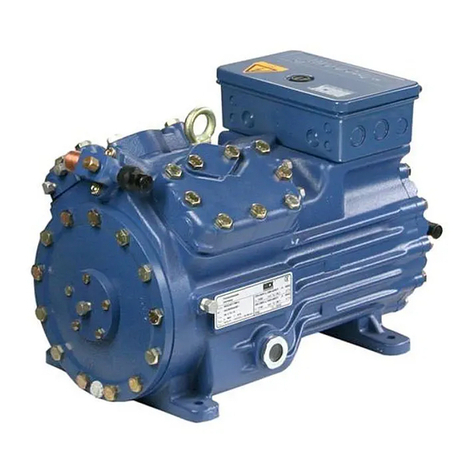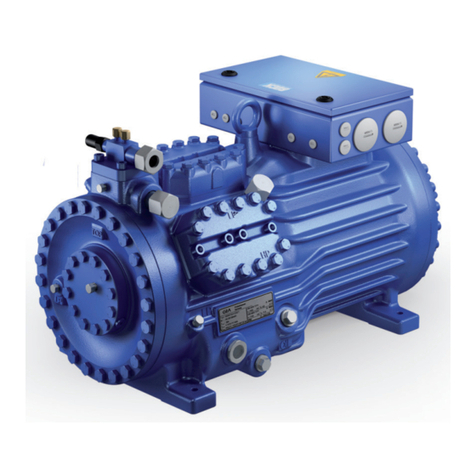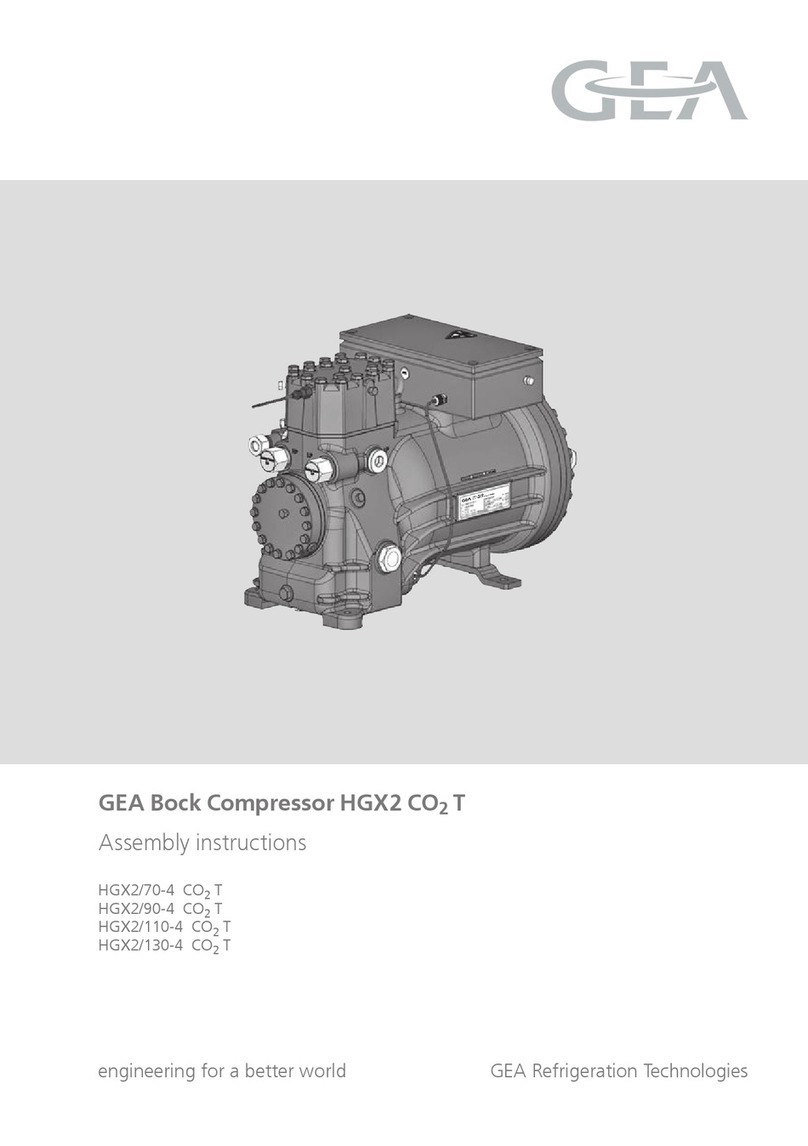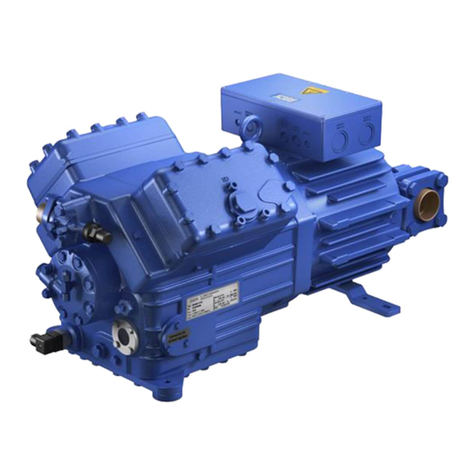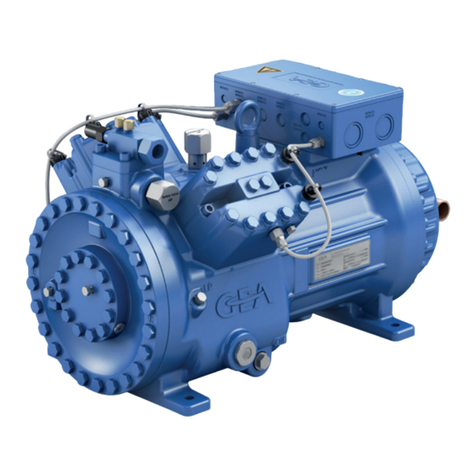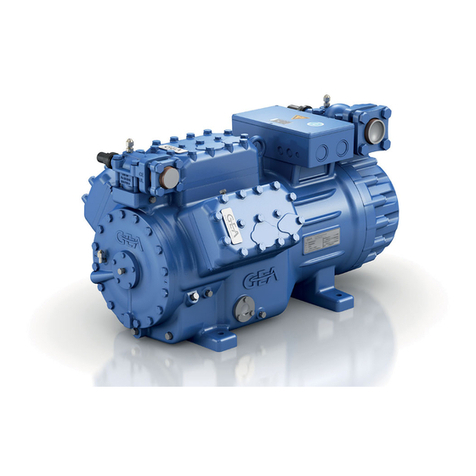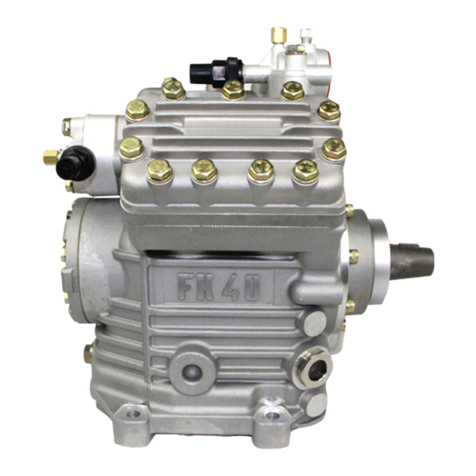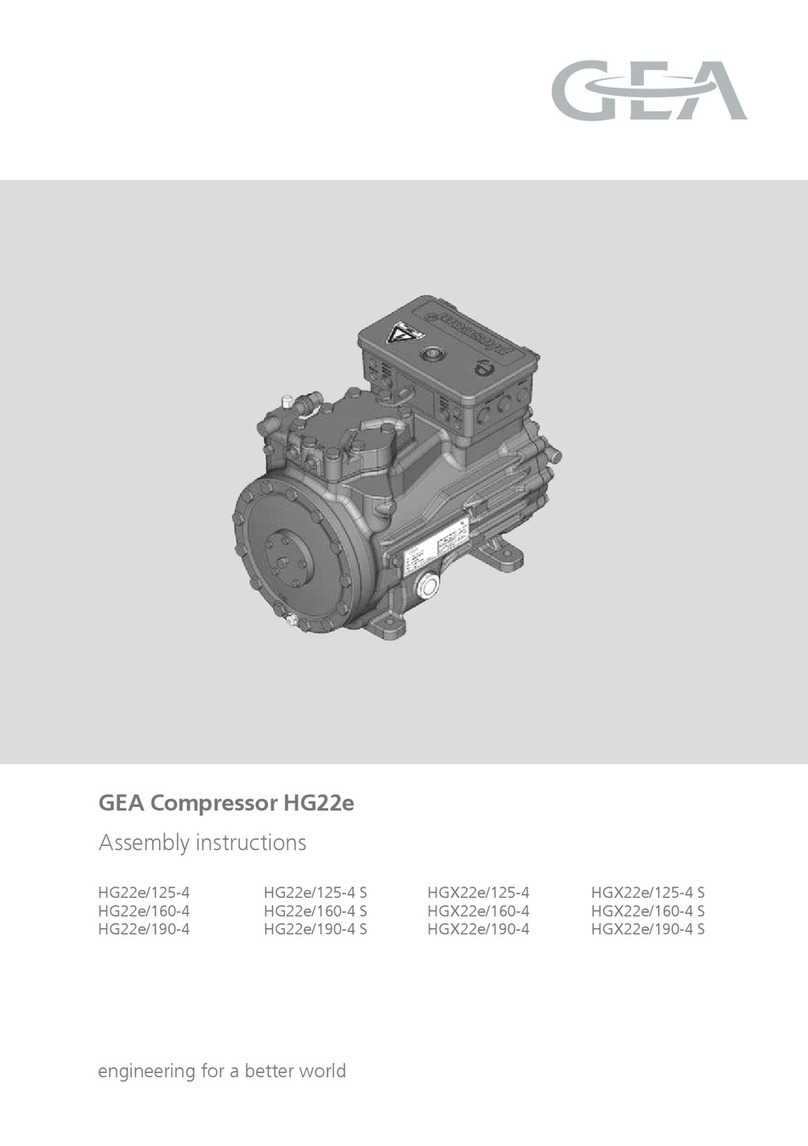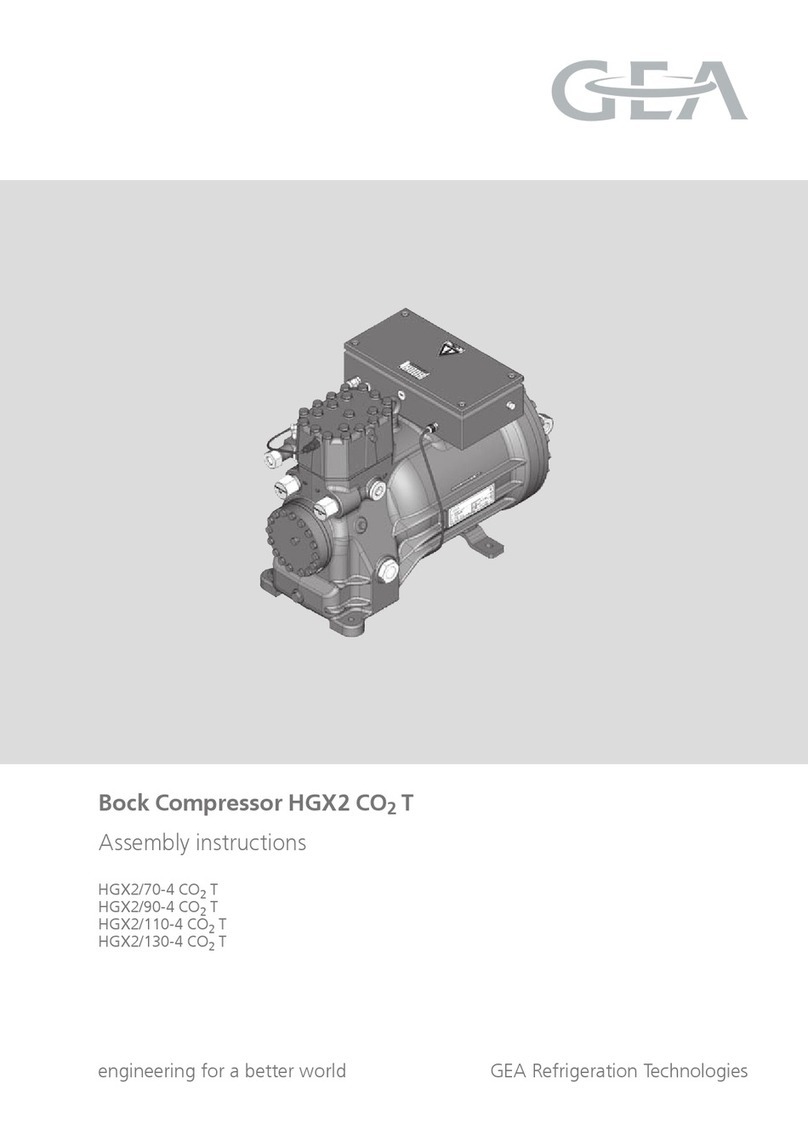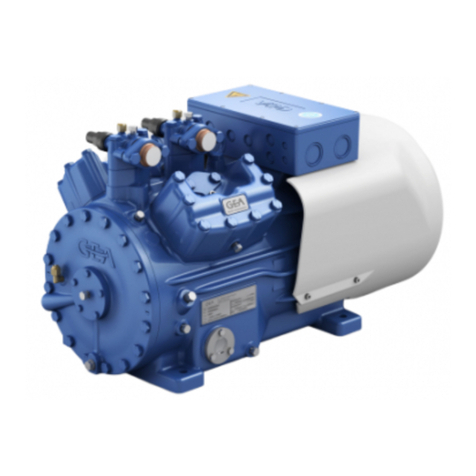
D
GB
F
E
5
96460-12.2020-DGb
These assembly instructions describe the standard version of the compressors named in the ti-
tle manufactured by Bock. Bock refrigerating compressors are intended for installing in a
machine (within the EU according to the EU Directives 2006/42/EC Machinery Directive and
2014/68/EU Pressure Equipment Directive).
Commissioning is only permissible if the compressors have been installed in accordance with these
assembly instructions and the entire system into which they are integrated has been inspected and
approved in accordance with legal regulations.
The compressors are intended for use with CO2in transcritical and/or subcritical systems in compli-
ance with the limits of application.
Only the refrigerant specied in these instructions may be used.
Any other use of the compressor is prohibited!
1.4 Intended use
1.3 Safety instructions
WARNING Risk of accident.
Refrigerating compressors are pressurised machines and therefore
require particular caution and care in handling.
The maximum permissible overpressure must not be exceeded,
even for testing purposes.
Risk of burns!
- Depending on the operating conditions, surface temperatures of
over 60 °C on the pressure side or below 0 °C on the suction side
can be reached.
- Avoid the contact with refrigerant under any circumstances.
The contact with refrigerant can lead to severe burns and skin
irritations.
Danger of suffocation.
CO2 is a nonammable, acidic, colourless and odourless gas and
heavier than air.
Never release signicant volumes of CO2or the entire contents of
the system into closed rooms!
Safety installations are designed or adjusted in accordance with EN
378-2 or appropriate safety standards.
• Transcritical CO2applications are still in the development phase.
• They require a completely new kind of system and control.
• They are not a general solution for the substitution of F-gases.
• Therefore, we expressly point out that all information in this
assembly instruction has been provided according to our current
level of knowledge and may change due to further development.
Legal claims based on the correctness of the information cannot
be made at any time and are hereby expressly excluded.
WARNING The compressor may not be used in potentially explosive
environments!
1|Safety
